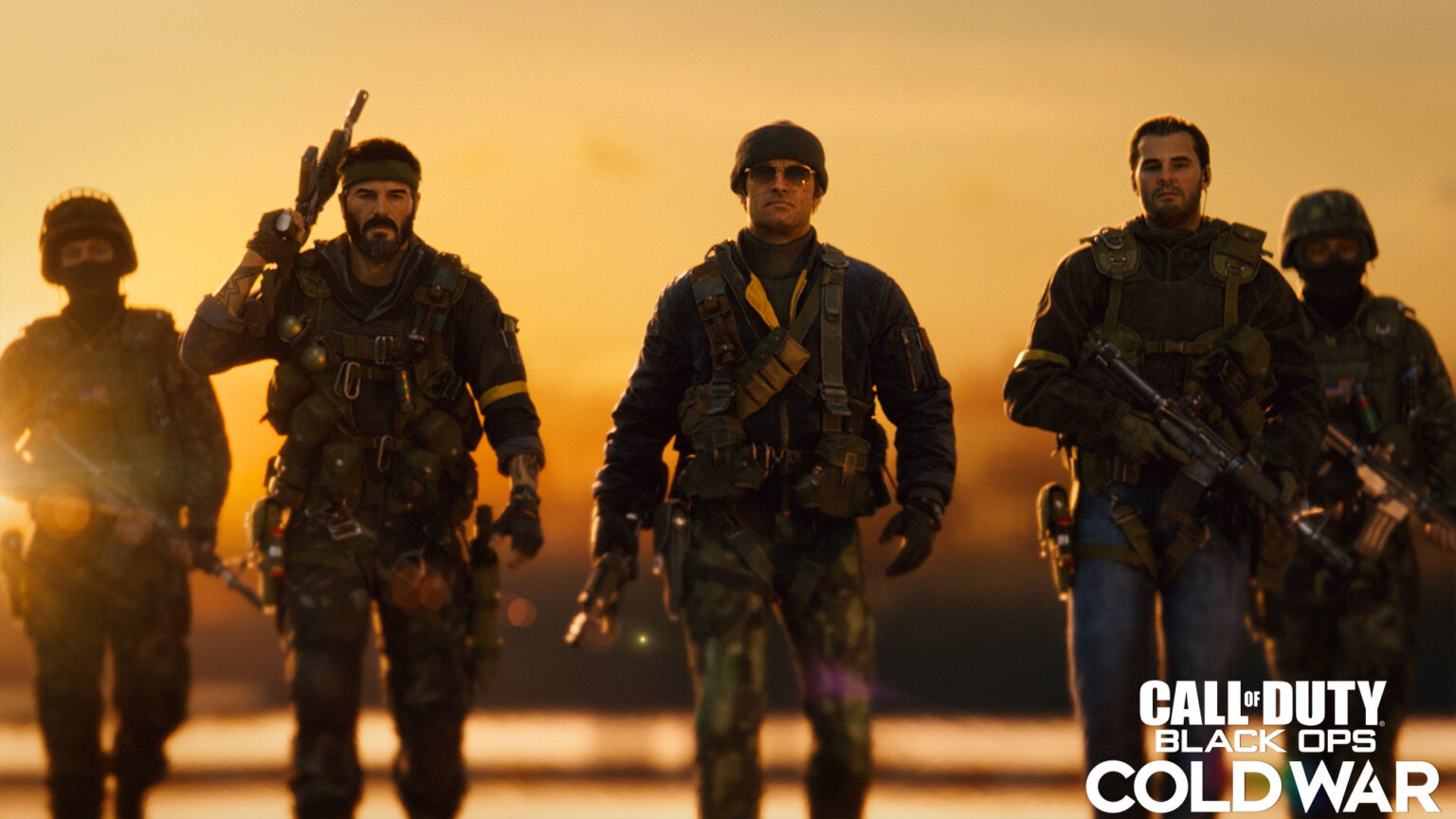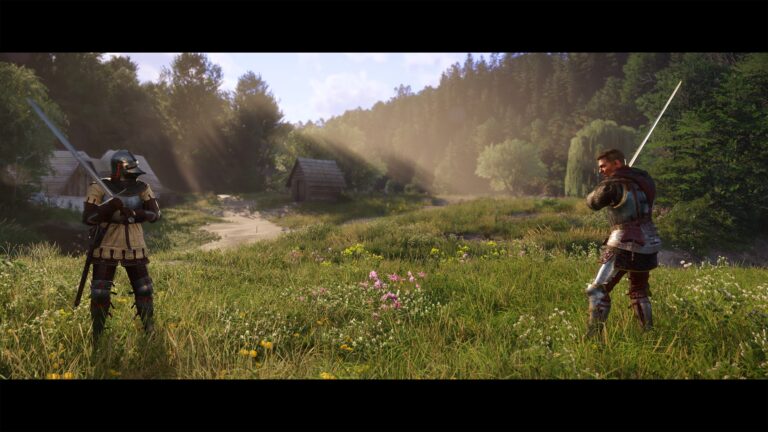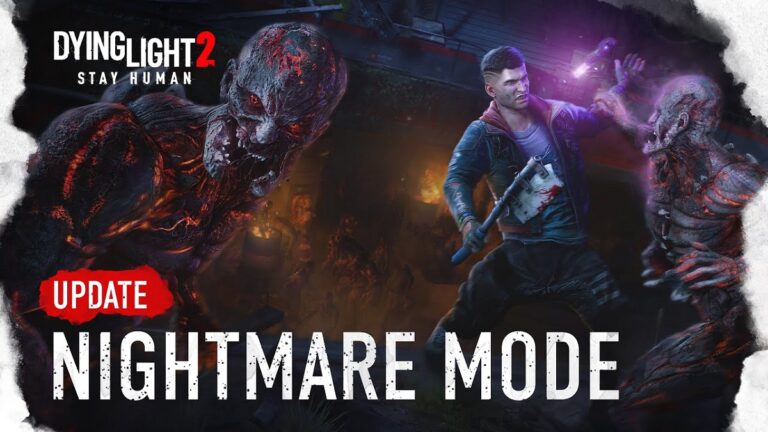Few things are guaranteed in life. Among them, however, are death, taxes, and the yearly Call of Duty. Call of Duty: Black Ops Cold War is something of an ugly duckling within the series’ long-running history. Since the beta and upon its release, all angles of the community have torn apart and lambasted the game from all angles. That certainly was the case at launch but now that the game has been out for more than a year, boosted by its lineup of content updates and expansions, how well does Cold War stack up?
Is it an objectively better game than its original iteration or is it a rehash of previously explored concepts, merely given a current/next-gen makeover? Let’s take the dive as we examine Call of Duty: Black Ops Cold War a whole year later.
Minor but Necessary
We can’t have a conversation about Cold War without talking about the campaign. Cold War goes with the same campaign/multiplayer content pipeline that Modern Warfare 2019 did, where plots points are continued over from the single-player and into the multiplayer seasons.
For the most part, the campaign remains unchanged but thanks to some quality-of-life updates, cutscenes no longer lag horrendously across all consoles. It was an issue almost every player faced, where audio and dialogue would outpace the cinematics, turning the cutscenes into stuttering nightmares that instantly tore everyone out of immersion.
The multiplayer picks up at the ending of the Cold War campaign. However, unlike its predecessor, the multiplayer’s “story” is a disappointing and contrived mess where practically nothing of value or importance occurs, being resolved in the most anti-climactic way possible despite all the setup of brainwashing, sleeper agents, and conspiracies. Still, a poignant point to be recognized is that all three Call of Duty current mainline games (Modern Warfare, Black Ops, and WWII/Vanguard) take place in the same universe, which can have interesting implications on future installments’ storylines and plot beats. Just how much each game impacts the others’ story is still yet to be fully fleshed out but for a campaign/singleplayer enthusiast like me, it is something I look forward to being realized in the coming future.
Multiplayer of Yore
When Cold War first launched, its multiplayer suite was… less than lackluster. The game felt barren, amplified by its small pool of playable maps, uninspired weapons, and terrible perk balancing. The game still felt fun and hectic, thanks to the upgraded Black Ops engine, with mobility and firefights being handled at a more fluid pace than Modern Warfare’s more grounded atmosphere. However, there were only so many matches I could sit through before feeling like I had experienced all the multiplayer could throw at me.
This feeling was further exacerbated with Cold War’s “Skill-Based Matchmaking” (SBMM), constantly shuffling players up and down lobbies due to in-game performance, resulting in wildly varying match playability. In one game I felt like I was on top of the world. The next, I couldn’t take a step out of spawn without getting domed by some camper who was hardscoping our respawn. This lack of consistency across matches was draining to sit through. Because Cold War placed so much importance on matching me with players of “equal skill level”, I would sometimes be put into matches with much more lag and latency than I was willing to deal with. The multiplayer should always place importance on connection first and foremost over this murky umbrella of SBMM, especially in a casual, quickplay setting like the one I frequented the most while playing this game.
Cold War’s starting roster of weapons made almost every gun from each category play and feel relatively the same. In the early days, SMGs absolutely dominated every engagement with their extra mobility, handling, and rapid-fire time-to-kill (TTK) ratios. When SMGs were slightly nerfed, tactical rifles like the M16, AUG, and DMR choked lanes and sightlines like nobody’s business. After the tac rifles were toned down, LMGs became reigning kings, acting more like pinpoint accurate laser weapons rather than the supportive fire role the guns normally had. And snipers… we don’t talk about snipers. The only thing worth mentioning about melee weapons is how trash the melee interaction in Cold War is, and that’s coming from a diehard melee player.
Still, despite the uninspired gunsmith options for all these weapons, the multiplayer ecosystem was, in a certain way, balanced. Though powerful weapons were rampant, it was more than possible to outplay enemies with smarter positioning, better aim, or better attachments/equipment/perks. What is not so easy to wrap your head around is the perk balancing.
Individually, each perk in every category is unique and occupies a niche that warrants consideration. It was fun to mix and match one from the three categories to figure out what sort of gear would mesh with a specific playstyle. With how powerful some perks were and how they occupied the same category, sacrifices would have to be made for certain loadouts. That way, it was balanced.
This balance gets hampered thanks to the wildcard perk, which offers bonuses that players could attach to their loadouts. Perk Greed allowed players to carry up to six perks, two from each category, essentially turning their operators into legit super soldiers capable of withstanding explosives, stun/flash grenades, chemical weapons, and more. It pushes players into a certain playstyle or risks frustration for swimming against the meta. I can’t recall how many times I groaned seeing the flak jacket symbol pop up when using the grenade launcher for camo challenges.
Did it ruin the overall experience or break the game? Surprisingly, no. As good as Perk Greed looks, sounds, and feels from how I am purporting it, it doesn’t make you completely invulnerable nor does it make you an aim-god. Those depend on your own positioning and skill. No amount of perks can save you when an enemy has you dead-to-rights when aiming down sights. Is it still frustrating to deal with? Yes, but it’s the sort of frustration I can live with.
With five seasons worth of content under its belt, let’s look at how much has changed.
Multiplayer of Today
To say that the multiplayer ecosystem today is vastly different from how it originally was wouldn’t be entirely true but nor would it be entirely false. Cold War currently has a wider array of maps, modes, and playlists to choose from, blowing the launch rendition completely out of the water. Seasonal events and modes, like the Numbers Event and the Haunting Halloween seasonal event, gave players a healthy dose of things to do as seasons progressed.
What hasn’t changed? Gunsmith still is pretty lackluster on all fronts, unable to introduce unique attachments and distinguishing, meaningful features for most of the weapons in the armory. Perk Greed hasn’t been retouched. Matchmaking continues to prize “skill” over connectivity. Melee is still very much doo-doo.
So, why do I still play it?
It’s because Cold War has a winning and working formula. The gameplay loop of spawning in, decimating enemies, calling in clutch scorestreaks, and racking up even more points fuels a dopamine rush that few other multiplayer games can deliver so generously on. The expanded weapon roster and diverse map pool (courtesy of the free content updates) allow for a plethora of ways for each match to play out. Once you get into this zone, it’s difficult to leave. This fun is further amplified when playing with a group of friends.
Though certainly not perfect, the state of Cold War’s multiplayer was a remarkable step up from how it launched, leaving it in a much healthier, diverse, and fun condition than it was originally. Everything would have been fine and dandy for us multiplayer pigs, even in the face of some of the unbalanced jank, if the multiplayer was left the way it was at the end of Season 4.
You may have noticed that I mentioned that Cold War currently has five seasons worth of content. Why did I not add Season 5 to my reasoning?
Two reasons.
Marshals and Tec-9.
If there was anything that so unequivocally united the constantly bickering Cold War playerbase under one sentiment, it is these two weapons.
In short summation, without sounding like a Call of Duty lobby myself, they’re broken.
The Marshals are double-barreled sawed-off shotguns that for whatever reason were put into the pistol classing, allowing them to be dual-wielded. Their high burst damage and near-seamless double-tap fire rate is offset by their slow reload time. The only issue is that these shotgun pistols occupy a killing range that far exceeds counterparts of either class, and because they have bullet spread, their damage coverage is ridiculous. A player that occupies a narrow chokepoint can camp an entire game with the Marshals and not be dislodged. And even if you do get the drop on a Marshal user, unless you kill them faster than you can blink, they will most likely turn a couple of pixels and reduce you to another bloody pulp of a +50 to their score. They’re oppressive and they’re everywhere.
The Tec-9 shares a similar space of criticism, in being an SMG that acts more like a rifle. Through leveling, the once semi-automatic SMG (which is a bizarre manufacturing choice), can become a burst-fire model or go fully automatic. With the gun’s pinpoint accuracy and high damage, I often found myself getting fragged by a Tec-9 user who I couldn’t even see from halfway across the map.
Though these guns have been “reworked” by Treyarch, they still feel exactly the same, both when you kill and get killed with them. It pigeonholes players into either picking these weapons up themselves or ending up getting fragged by them. I have PTSD from hearing the thud-thud or clack-clack of the Marshals and Tec-9 blasting non-stop throughout countless lobbies.
It kills a lot of my enjoyment with the game and player-to-player interaction when frags can be awarded so effortlessly by an enemy running these weapons. They don’t guarantee wins but they guarantee that you won’t be having a good time (unless YOU are the one running them of course).
In spite of gripes with these weapons that never should have made it past QA screening and playtesting, Cold War is a good game and a good time. Provided that the developers at Treyarch don’t just up and quit support for the game like they did with Black Ops 4 (though that was because they were pulled off of BO4 because of COD 2020 issues with Sledgehammer), future patches can remedy the maladies afflicting the game. Still, that isn’t an excuse to give the devs a free pass either for the utter blunder they’ve done with the meta and weapon balancing, to which I will gladly sing from the streets and continue to do so until something is done (or the game up and dies).
A part that irks me going forward is the Modern Warfare-Cold War-Vanguard cross-game integration. Have you seen how ugly the menu looks with every game jammed together? Who designed this? In five years, players are going to need 50+ inch TVs just to be able to make out which game they’re selecting!
Also, having prestige reset for all players once Vanguard’s season one starts is disappointing. Though everyone will keep their unlocks, calling cards, and badges, their hard-earned prestige levels will be reset to accommodate Vanguard’s prestige system. If this is how COD games will handle player progress with new yearly installments, it almost makes reaching certain milestones pointless as they will be set to zero come next year. It’s a disappointing way to end a multiplayer experience before moving on to the next one.
Undead Yet Still Kicking (Sort of)
Cold War’s massive makeover of the Nazi Zombie formula was something a not-so-competent Zombies player like myself could appreciate. Having the ability to improve perks, field upgrades, equipment, and the like through game progression was a fresh take on the Zombies formula, giving me a reason to tackle the undead hordes with my friends and randos besides reaching high round counts, which can grow stale like the corpses we butchered.
At launch, players only had one map to play with, Die Maschine, but each season update brought new content for the Zombies fanbase, adding new maps, perks, field upgrades, enemies, and more for everyone to sink their teeth into. Add on top of that all the intel, lore, and easter eggs hidden across the maps and modes, and you’re in for a true Zombies treat.
The only real issue with this mode is the lack of dedicated servers. Like most multiplayer modes, Zombies runs peer-to-peer with the players in the lobby, designating one player as the game host while having the others connect to said host. With how lackluster this connectivity can get, entire matches can be lost due to host migrations or for seemingly no reason, rendering any progress null and void. For a mode that can require a substantial amount of time, it is also one that can reduce all that invested time into being absolutely wasted.
It’s the main detractor from another fantastically crafted addition to the overall Cold War package and a big reason I get nervous whenever I lobby up for a round with the boys. Having the fear that anything could go wrong adds an unwelcome layer of tension to the already nerve-heightening slugfest that is Zombies.
The End of Cold War (?)
It is my hope that the developers continue their support of this game even after Vanguard goes into full swing. Cold War plays and feels so different than its counterparts that I can’t find much enjoyment in the playspace of other titles. It’s not as realistic or grounded as Modern Warfare is but it doesn’t have to be. It embraces chaos and mayhem, though this had led to the advent of the Marshals and Tec-9.
Earlier, I mentioned that Cold War was the ugly duckling of the COD franchise. Its start was definitely ugly, not helped by how barren and lackluster the game was at launch. But as readers of the fable might know, the ugly duckling eventually matures into a beautiful swan, only called ugly because of the unfair standard it was held to during its infancy. Cold War is in the process of blossoming into something far greater than it initially had any right to be, though it is not fully there. I could go on for days about what could be changed to make Cold War feel or play better, but that ultimately rides on whether or not Treyarch chooses to fuel the lifeline to this game.
So, please, Treyarch, don’t let the fire die out. Let the duckling become the swan it was meant to be.
Stay tuned at Gaming Instincts via Twitter, YouTube, Instagram, and Facebook for more gaming news.
No related posts.






